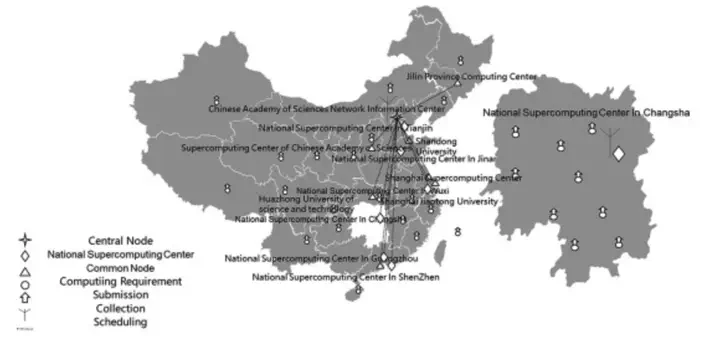A job scheduling algorithm based on parallel workload prediction on computational grid

Abstract
Generally, the computational grid consists of a large number of computing nodes, some of them are idle due to the uneven geographical distribution of computing requirements. This may cause workload unbalancing problems, which affect the performance of large-scale computational grids. In order to balance the computing requirements and computing nodes, we propose a job scheduling algorithm based on the workload prediction of computing nodes. We first analyze the causes of workload imbalance and the feasibility of reallocating computing resources. Secondly, we design an application and workload-aware scheduling algorithm (AWAS) by combining the previously designed workload prediction model. To reduce the complexity of the AWAS algorithm, we propose a parallel job scheduling method based on computing node workload prediction. The experiments show that the AWAS algorithm can balance the workload among different computing nodes on the real-world dataset. In addition, we propose the parallelism of workload prediction model from the perspective of internal structure and data set to make AWAS apply to more computing nodes of the large-scale computing grids. Experimental results show that the combination of the two can achieve satisfactory acceleration efficiency.
Supplementary notes can be added here, including code, math, and images.